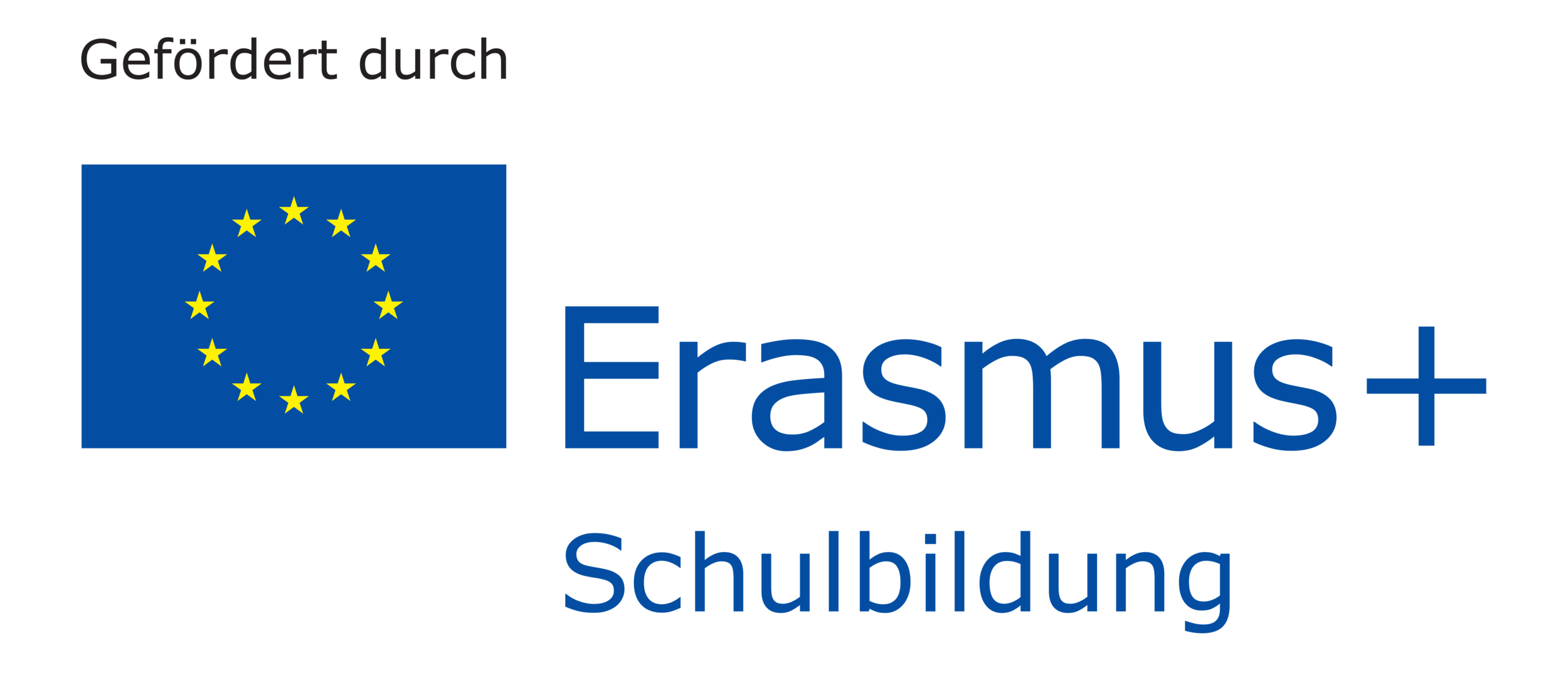Inclusion in a Diversity Sensitive Kindergarten
Inclusion in a diversity sensitive kindergarten means that everyone involved in the education, training and care of children will review and ensure that their processes, structures and attitudes allow every child, including those with diagnoses such as Anahera’s, to participate. Knowing that the Kindergarten is an inclusive environment may help Anahera’s family to feel more comfortable and relaxed as they begin their settling in.
It is the role of the kindergarten and educators to be equipped in such a way that no child is left behind due to the need of special professional love and care. Everyone in the community – children, educators, parents, administrators, politicians – must work together to help ensure inclusion.
All children, whether with or without the need for special professional love and care, or linguistic resources in the language of the country, should be able to gain the learning experience that is important for their development in kindergartens. There are some children for whom an inclusive environment does not necessarily give them the appropriate care and education they need. This needs to be decided by the Kindergarten what they are equipped for so that families are not misled in any way. It is important that the child's goals and deficits are not seen as the first impression. Instead, the strengths and interests of all children should be recognized, and diversity-sensitive support should be provided in everyday life for Anahera and all other children in the kindergarten (Allen & Cowdery, 2005).

